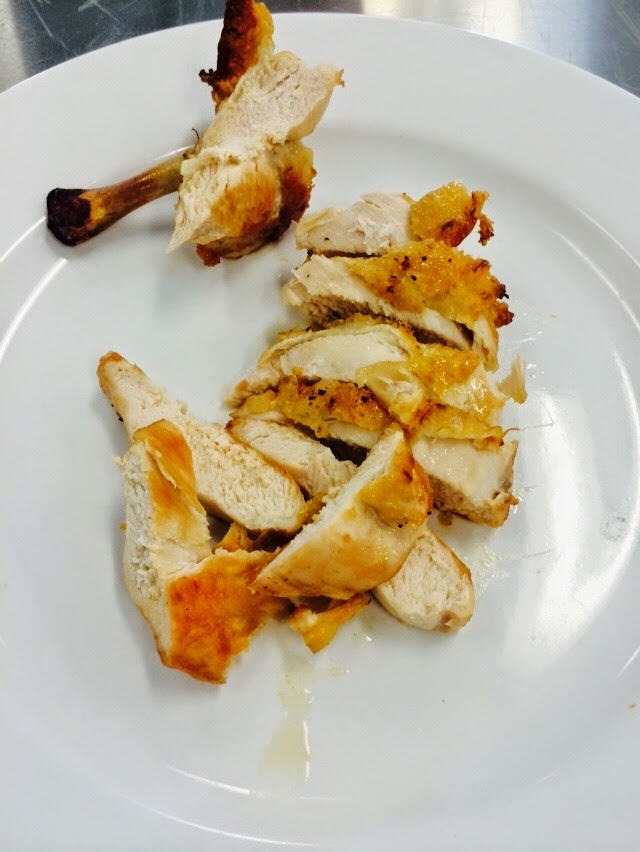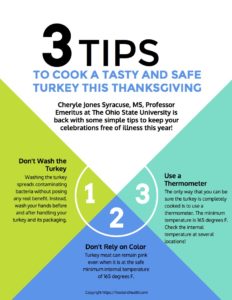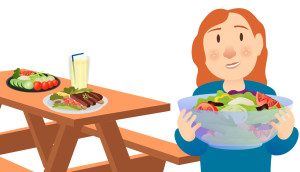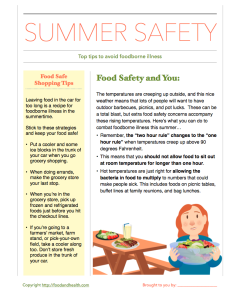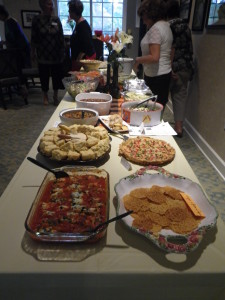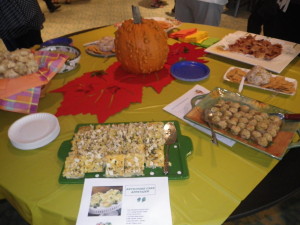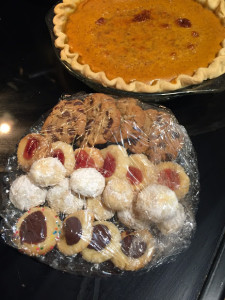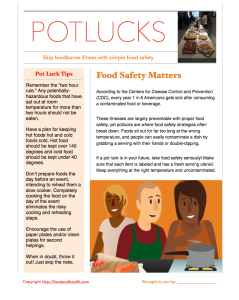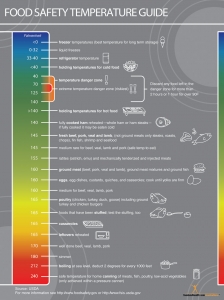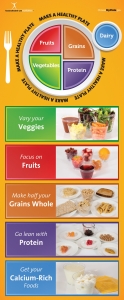DON’T WASH IT! If you’re thinking that rinsing or washing the turkey will remove any potential bacteria —don’t bother — it won’t work. According to the folks at the USDA’s Meat and Poultry Hotline, the process of washing or rinsing a turkey will not remove any bacteria that may be on it and it won’t make it safer. It’s virtually impossible to wash bacteria off the bird.
The concern with washing poultry (not just a big turkey, but all poultry) is splashing bacteria and cross contamination.
The water used to rinse the turkey adds to the amount of liquid that could be contaminated with bacteria. It can splash around the sink, countertop, onto other dishes, faucets or you, the cook. The chances are high that some of the foods in the “splash zone” won’t be cooked. This could make you or your holiday guests very sick and all of this arises from doing something that you thought was a good thing.
What you really need to do is wash your hands before and after handling your turkey and its packaging. This can go a long way towards avoiding spreading harmful bacteria. If your raw turkey or its juices come in contact with kitchen surfaces, wash the countertops and sinks with hot, soapy water. If you want to make sure everything is bacteria free, you can sanitize the area by using a solution of 1 tablespoon of unscented, liquid chlorine bleach per gallon of water. Be sure to let those areas dry thoroughly.
WHAT ABOUT PINK TURKEY MEAT? You can’t use color as a guide to determine whether your turkey is cooked or not.
Turkey meat can remain pink even when it is at the safe minimum internal temperature of 165 degrees F. Note that smoked turkey meat is always pink. The difference in colors between the “white meat,” “dark meat,” and even “pink meat” is due to the amount of oxygen-storing myoglobin in the meat muscle. Muscles that are used more — like the leg muscles — need more oxygen and can store more, so they have more myoglobin and thus darker meat.
DON’T GUESS. CHECK THE TEMP! The only way that you can be absolutely sure the turkey is completely cooked is to use a thermometer. The minimum temperature a turkey should be cooked is 165 degrees F. Check the internal temperature at several locations, including the thigh and the thickest part of the breast.
Pop-up timers may pop too early because of fat pooling at the tip; always use another thermometer to double check.
While 165 degrees F is the minimum safe temperature for destroying bacteria, the National Turkey Federation recommends cooking turkey to a higher temperature. They say that people will like the quality more and the turkey itself will be easier to carve and slice if it’s cooked to a higher temperature. They frequently suggest 180 degrees.
Anyway, I hope these tips help make your Thanksgiving celebration even greater!
By Cheryle Jones Syracuse, MS, Professor Emeritus at The Ohio State University
Here’s a handout with these tips! It’s perfect for a display, presentation, or email blast!
And here are some other great holiday resources…




